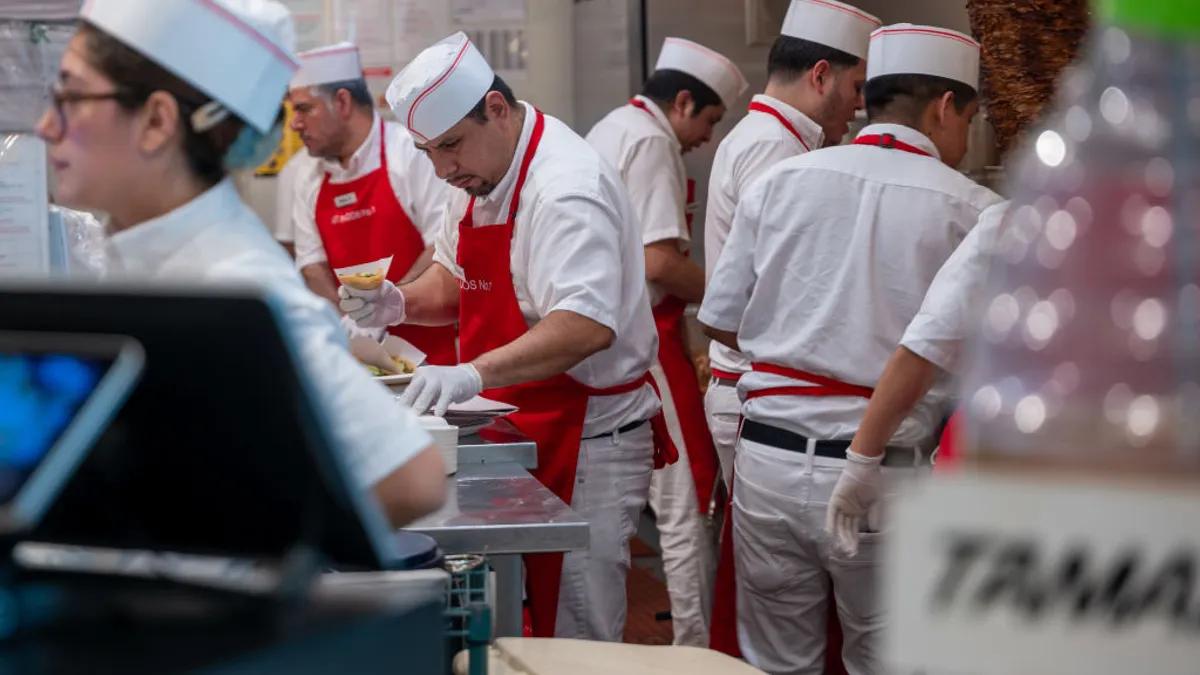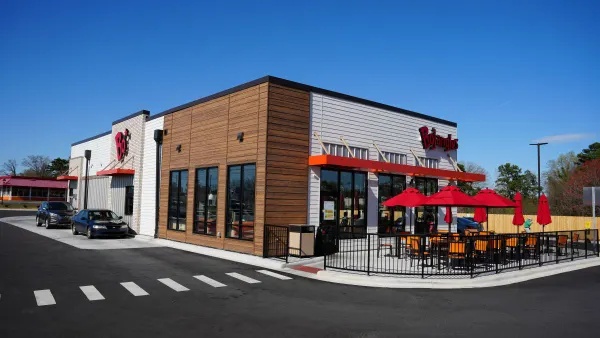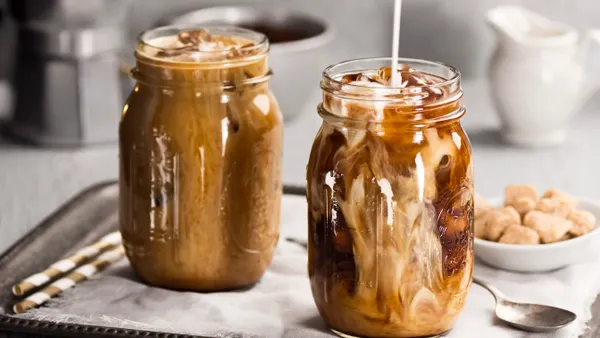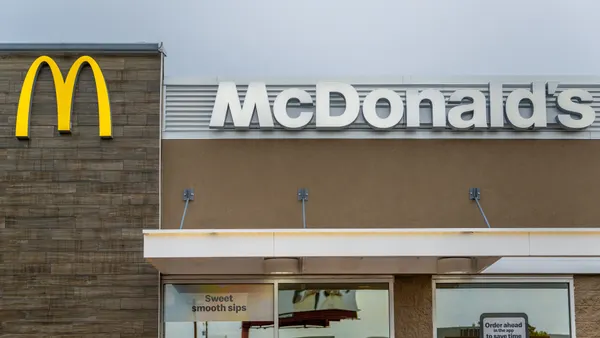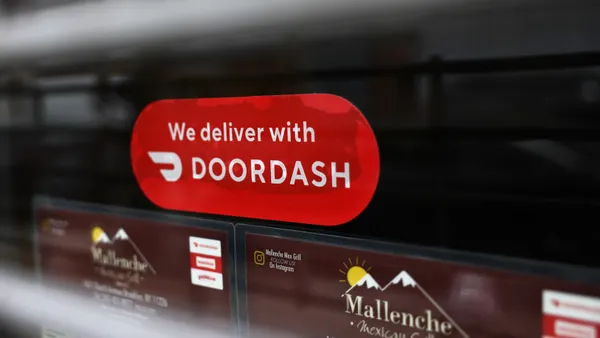The year so far has been a mixed bag for the restaurant industry. The National Restaurant Association has forecast restaurant sales to pass $1 trillion dollars in the U.S., and employer power relative to labor is increasing as the industry workforce has returned to its 2019 size.
But brands, including QSR giants like McDonald’s and Starbucks and casual dining chains, have seen sales and traffic troubles through the first half of the year as consumers balk at price increases.
At the 2024 National Restaurant Association Show in Chicago this week, restaurateurs and executives discussed some of the major problems and trends facing restaurants. Check out four forecasts for the sector below.
Short loans could deplete restaurant cash
Interest rate increases implemented by the Federal Reserve to cool inflation have driven up the cost of capital. At the same time, restaurant traffic declines and the growing cost of development have driven many businesses to seek financing.
Ryan Gromfin, a consultant who runs a service called the Restaurant Boss, said the difficulty of obtaining loans guaranteed by the Small Business Administration has driven many restaurants toward embedded financing, a category of loans from non-bank businesses. Tech service providers like POS platforms will often offer restaurants quick loans on onerous terms when they detect cash flow problems, Gromfin said during a session on the cost of quick financing.
Embedded financing functions in a similar way to payday loans. A business unable to make payroll or meet a sudden expense turns to a short loan to cover the gap, Gromfin said. But the shorter repayment timeline, often a single pay period, means the interest charged on the loan would be extremely high when considered over a year’s time. This can lead to a cyclical dependence on what are effectively high-interest loans over short periods, rapidly draining restaurants of cash.
Aside from the session on quick financing, there was a good deal of chatter on the show floor about high interest rates and their impact on the rate of restaurant acquisitions, as well as the challenges posed to commercial real estate by persistently high borrowing costs.
Multiple executives Restaurant Dive spoke with likened the current cost of borrowing to “usury,” a religious concept meaning unconscionably high interest charged on a loan.
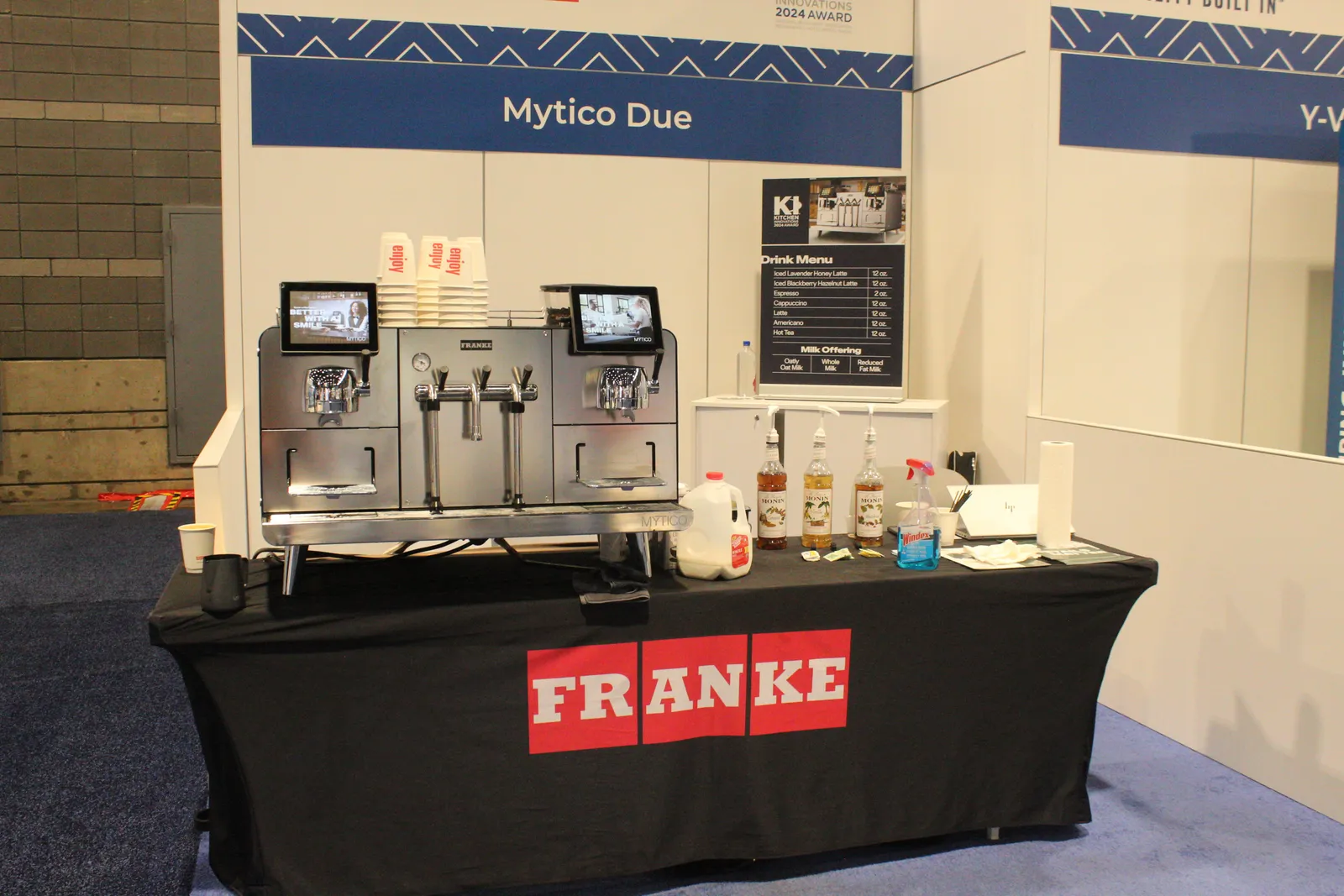
Unsexy automation may have greater impact than robots
The NRA Show continued a multi-year emphasis on the automation of specific restaurant tasks, featuring an array of service robots and robotic cooking arms in the exhibitor halls. But the least-flashy pieces of equipment may be more likely to have an immediate impact on the industry.
Take, for instance, Franke Coffee Systems’ new espresso machine. The Mytico Due is a significantly simplified barista machine that still looks and sounds like a traditional barista machine, complete with the standard steam nozzle.
“When you walk in and you see this machine, you naturally assume this is an authentic, high end, Italian, traditional espresso machine,” John Simpson, a business development manager for Franke, said. “However, it brings all of the advantages of Swiss automation.”
The machine has automated the espresso extraction process and can make drinks according to preset specifications, monitoring the heat of the milk it steams using a thermal probe in the steamer.
“You can customize your milk profiles if you want different ones for dairy alternatives, or [for] latte art or [if] you want to make a dry cappuccino,” said Tim Cox, a marketing manager at Franke. The machine was initially deployed in Europe last year, and is Franke’s product designed for specialty coffee shops. Franke is working to set up tests with an East Coast chain and a Salt Lake City-area operator.
Grubbrr’s kiosks are another example of technology shaving off specific labor tasks here and there. The kiosks, Grubbrr CEO Sam Zietz said, raise the possibility of increased throughput and higher ticket, while making it possible to redeploy labor away from the front of house.
Popmenu, in a session toward the end of the show, showcased a generative artificial intelligence tool for generating marketing copy for social media campaigns. The company said this tech can turn small business operators responsible for their own marketing content into “editors-in-chief,” and significantly reduce the time spent writing marketing. Brendan Sweeney, CEO and co-founder at Popmenu, cautioned that it was important for brands to be discerning when adopting “AI” tools, however.
“If you look at anything, make sure it's not just a wrapper on ChatGPT,” Sweeney said. “Because that's very easy to do. And you're probably incurring a cost you shouldn't.”
Gen Z craves updated interpretations of classics
“We have to go bold, we have to go colorful,” when designing drinks for Gen Z consumers, Steve Madonna, culinary director at foodservice marketing agency Marlin Connections, said. “The phone eats first.”
But, Madonna said, many consumers in this demographic are looking for something classic.
“We're taking a riff on a classic cocktail and we're making it fun,” Madonna said at an NRA Show demonstration of a gin cocktail including mango concentrate and boba. Many Gen Z consumers are looking for a reinterpretation of classic flavors with a photogenic twist, he said.
Robert Byrne, a director of consumer and industry insights at Technomic, agreed that Gen Z’s reputation for novelty seeking in flavors is unearned.
“Contrary to what social media stunts might have you believe, they're not particularly adventurous,” Byrne said. “That could come later.”
In one twist on a classic, Coca-Cola distributed samples of its Coca-Cola Spiced, a raspberry and spice-flavored soda, on the show floor. The product is based on an LTO that launched earlier this year and is now a part of its permanent offerings.
“It's got a warm hint of raspberry, it does leave a little spice at the end of the taste that kind of lingers,” Brian Jackson, a senior manager of channel strategy at Coca-Cola, said. “It really reminds consumers how much they love Coke classics.”
Spiced shares Coke’s basic flavor, but is sweeter, with a hint of fruit and spice blends that you might taste in a holiday-themed beverage. On the whole, the drink stays within the bounds of a conservative reinterpretation of a known product.
“As many of them are only recently coming into adulthood and out of chocolate, their preferences skew sweet and spicy,” Byrne said of Gen Z. Tajin served mocktails with a Tajin salt rim on the show floor and consistently drew long lines for its spicy-ish, sweet-ish beverage gimmicks.
Millennials embrace family drinking occasions, Baby Boomers tighten dining spend
While Gen Z’s taste for brightly colored beverages was one of the biggest themes of the NRA Show, bigger generational shifts are underway.
Millennials, Byrne said, are combining family dining occasions with alcoholic beverages, for instance.
“Drinks during a meal with the kids is very much the norm,” Byrne said. As millennials have aged and started families, they demand an array of kid-friendly dining options.
“They want to make sure the experience is top notch for their kids,” Byrne said.
Consumer interest in technology may peak with millennials as well, as Gen Z is moderately less interested in the technological side of restaurant experience, Byrne said. Likewise, millennials tend to trust in brand names, as Baby Boomers generally have.
“The sort of mass consumerism that came of age with Boomers really flowered with the millennial generation,” Byrne said.
Boomers, by contrast, are seeing their share of dining dollars and visits decline, and are generally shifting toward quieter dining periods.
“Fewer than half [of Boomers] would be using restaurants once a week or more frequently in the coming years,” Byrne said, down from about 59% who visit restaurants once a week or more today. Baby Boomers are generally cutting back on their social outings, parties are shrinking and visits are shifting to weekdays as more retire.



